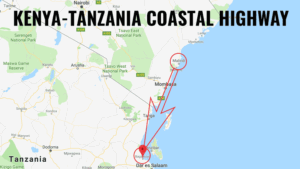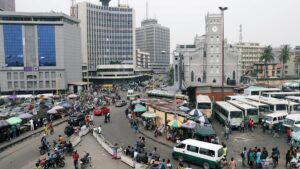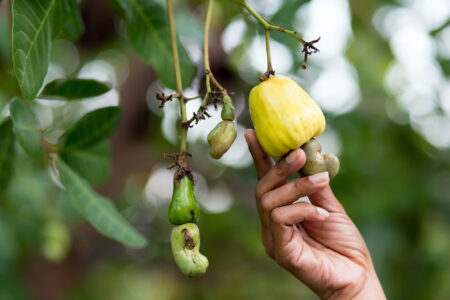The East African Community has for long earmarked the linking of partner countries through roads. One of this link is the link road that connects the coastal towns of Mombasa and Tanga, touching the lives of thousands of commuters and transporting goods and services worth millions.
Recently, the EAC announced that it has increased its funding for key projects from various donors among the Africa Development Bank (AfDB), which has now approved this project.
The Bank’s support for the Mombasa-Lunga Lunga/Horohoro and Tanga-Pangani-Bagamoyo roads Phase I, is in the form of African Development Bank and African Development Fund loans and represents 78.5% of the total €399.7 million project cost. The European Union contributed a grant of €30 million, 7.7% of the total project cost, to the government of Kenya.
The road is a key component of the East African transport corridors network, connecting Kenya and Tanzania. Producers, manufacturers and traders will be able to move goods more quickly and cheaply. In addition, farmers and fishermen will benefit from improved access to local and regional markets and amenities, including better schools and health centres.

“The project will have spillover benefits for hinterland countries such as the Democratic Republic of the Congo, Burundi, Rwanda, Uganda and South Sudan that depend on Mombasa as gateway to global markets,” said Hussein Iman, the Bank’s Regional Sector Manager for infrastructure, private sector, and industrialization.
The Bank’s support will also provide roadside trading facilitates for sellers, half of them women who currently operate in disorganized and unsafe conditions.
The road crosses regions with high rates of youth unemployment. In light of this, the project includes a vocational training component for 500 unemployed youth (half of them women) to acquire marketable skill and improve their economic prospects.
The Bank anticipates that the intervention will boost regional integration by reducing transit times, facilitating trade and the cross-border movement of people, opening access to tourist attractions. The project will also link the ports of Dar es Salaam, Tanga and Mombasa, and stimulate the blue economy in coastal areas.
This first phase involves the construction of 175 km of road sections: the 121 km Mkanga-Pangani road section in Tanzania and the 54 km Mombasa-Kilifi road section in Kenya.
Read also: AfDB local languages to promote regional integration(Opens in a new browser tab)
The intervention is a priority item in the Bank’s Eastern Africa Regional Integration Strategy (EA-RISP), the Country Strategy Papers (CSPs) of both countries and aligns with two of the Bank’s High 5 priorities – Integrate Africa and Improve the quality of life for the people of Africa.
Regional integration is a priority for Kenya, and Tanzania. However, poor infrastructure has been a major constraint.
This week, the Bank witnessed the signing of a $440 million agreement between Japan International Cooperation Agency (JICA) and the government of Kenya for the first phase construction of a bridge connecting Mombasa island and Likoni, a major international port area of East Africa.
The Mombasa Gate Bridge will be the longest cable-stayed bridge in Africa, providing a critical link over the Indian Ocean along the just approved Mombasa – Lunga Lunga/Horohoro and Tanga – Pangani – Bagamoyo corridor phase I.
The total amount of co-financing is expected to be more than $ 1.2 billion when subsequent phases of the project are concluded – the largest co-financing agreement between the Bank and JICA.
“We are confident that we can all work together to accomplish this important task and other projects in the future,” Nnenna Nwabufo, the Bank’s Acting Director-General for the East Africa Region, said at the signing.
As at the end of November 2019, the Bank’s portfolio in Kenya comprises 27 public and 7 private operations with a total commitment of 2.7 billion euros. The Bank’s portfolio in Tanzania as at the end of November 2019 comprises 21 public and 2 private operations with a total commitment of 1.82 billion euros.
EAC is on a growth trajectory. These improvements come as the East Africans await the admission of the Democratic Republic of Congo to the EAC which will raise the population of the community to be almost a third of a billion people and a coast to coast linking the Indian Ocean to the Atlantic becoming a real force to reckon with.
With a land area of 2.5 million square kilometers and a combined Gross Domestic Product of US$ 193 billion, its realization bears great strategic and geopolitical significance and prospects for the renewed and reinvigorated EAC. The work of the EAC is guided by its Treaty which established the Community. It was signed on 30 November 1999 and entered into force on 7 July 2000 following its ratification by the original three Partner States – Kenya, Tanzania and Uganda.











